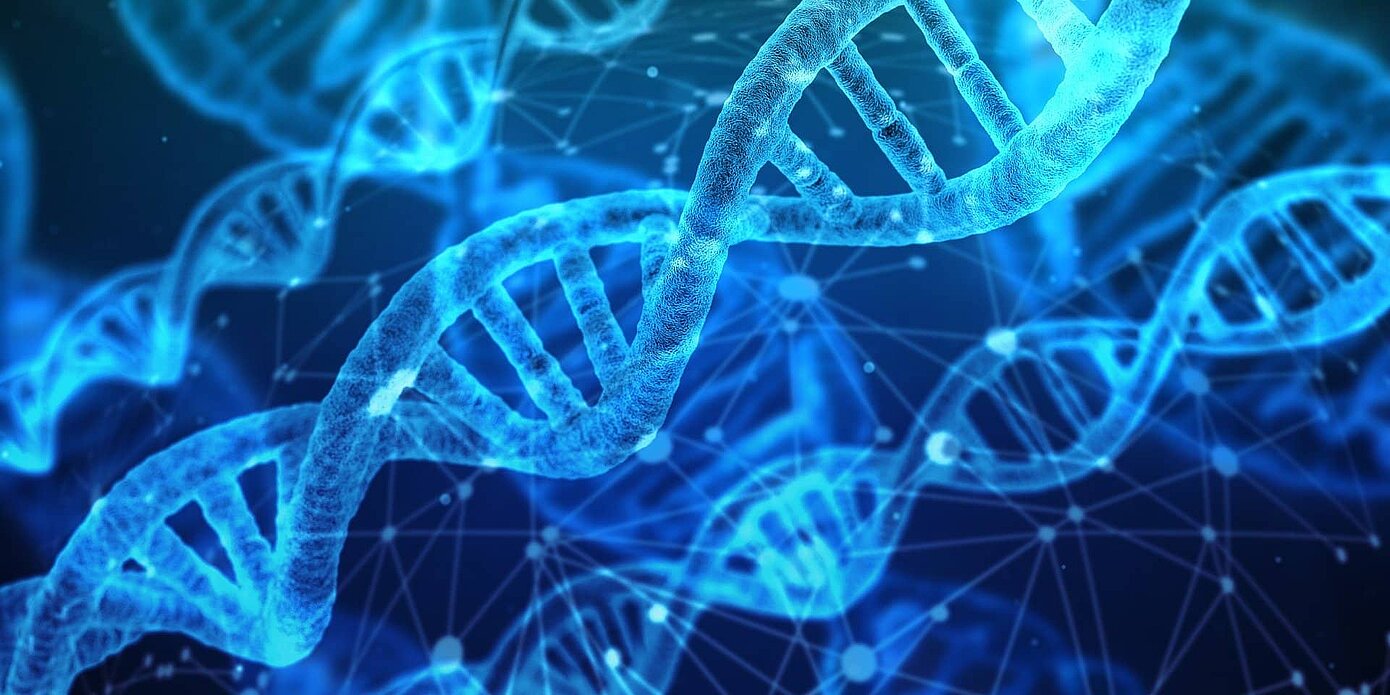Integrated Structural Biology
Leader : Catherine BIRCK

PLATEAU LEADER
Biophysical characterization of proteins are central steps in structural and functional studies. The platform offers a panel of state-of-the-art equipment and expertise in biophysics to perform quality control and functional analysis on protein samples.
AUC allows the characterization of macromolecules and macromolecular self- and hetero-association processes in solution. Two types of complementary experiments, sedimentation velocity and sedimentation equilibrium, can be performed in an analytical ultracentrifuge which is a high-speed centrifuge equipped with an optical detection system. The observation of macromolecules or macromolecular complexes sedimentation gives access to their hydrodynamic and thermodynamic properties, including their size, shape, molar mass, degree of heterogeneity, oligomeric state, stoichiometry, and binding constants.
Device: Proteomelab XL-I (Beckman) with absorbance and interference optic
FIDA combines Taylor dispersion analysis (TDA) and fluorescence detection in straight fused silica capillaries to measure biomolecular size, enabling accurate determination of hydrodynamic radius (Rh) and size-based characterization of biomolecular interactions. Species of Rh between 0.5 and 1000 nm can be analyzed, and different populations resolved. Size changes down to 5% hydrodynamic radius can be detected. For biomolecular complex characterization, measurements at different concentrations of analyte (= non-fluorescent binding partner) and constant concentration of the indicator (= fluorescent biomolecule) result in a binding curve from which the dissociation constant Kd and Rh of indicator and complex are obtained. Measurements using Fida1 can be performed in plasma, serum, cell lysate and fermentation media.
Device: Fida1 (Fidabio) with 480 nm ex LED fluorescence detection
ITC is used to investigate all types of protein interactions, including protein-protein interactions, protein-DNA/RNA interactions and protein-small molecule interactions. The system directly measures heat released or absorbed during biochemical binding events. The binding isotherm resulting from injections of the binding partner into the sample cell allows to calculate the binding affinity (KD), stoichiometry (n), enthalpy (ΔH), and entropy (ΔS).
Device: IMicrocal PEAQ-ITC (Malvern)
Microscale thermophoresis (MST) is a method for the quantitative analysis of biomolecular interactions with low sample consumption. The technique is based on the motion of molecules along local temperature gradients, measured by fluorescence changes to determine binding affinities. The thermophoresis of a protein strongly depends on a variety of molecular properties such as size, charge, hydration shell or conformation and typically differs significantly from the thermophoresis of a protein forming complex. This method is rapid and sensitive, with no size limitations of the interacting molecules.
Device: Nanotemper Monolith NT.115 with red and blue fluorescence channels
Size exclusion chromatography (SEC) coupled with multiangle light scattering (MALS) is a straightforward technique to determine the accurate molar mass and the average size of proteins and macromolecular complexes in solution. MALS can measure the absolute molar mass and size of molecules without the use of reference standards.
One of the major application is the determination of the size and stoichiometry of tightly bound heterocomplexes, such as protein/protein, protein/DNA, protein/RNA and protein/detergent interactions.
Device: System components: Multi-angle light scattering detector: miniDAWN TREOS from Wyatt Technology. Equipped with the QELS module which enables measurement of the hydrodynamic radius. Differential Refractive Index (dRI) detector: Optilab T-rEX from Wyatt Technology. Chromatography system: Ettan MicroLC from GE Healthcare.
NanoDSF is a label-free and in-solution method used to monitor the thermal stability of proteins and investigate factors affecting this stability. Upon unfolding, the photo-physical properties of tryptophan residues are altered. The instrument monitors the shift of intrinsic tryptophan fluorescence of proteins at 330 nm and 350 nm for the determination of the protein unfolding/melting temperature (Tm). Aggregation detection with the backreflection technology allows for rapid testing of the degree of aggregation of the unfolded state.
This rapid and simple technique allows to screen optimal buffer conditions, ligands, cofactors and drugs for purified proteins. The optimization of protein solubility and stability properties improves the success rate of their structural studies. Furthermore, changes in the thermal stability of the protein–ligand or protein-peptide complexes relative to the stability of the protein alone allow to rapidly identify promising complexes for further structural characterization and to assign functions.
Device: Nanotemper Prometheus NT.48 with aggregation detection optics